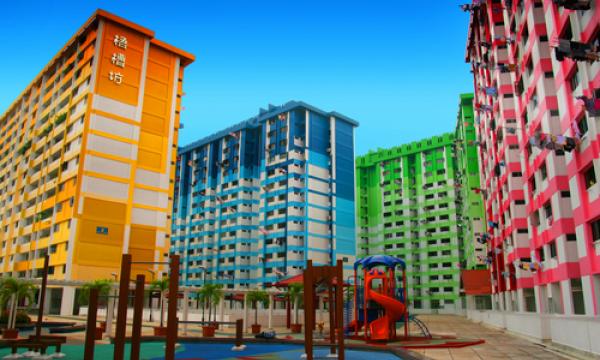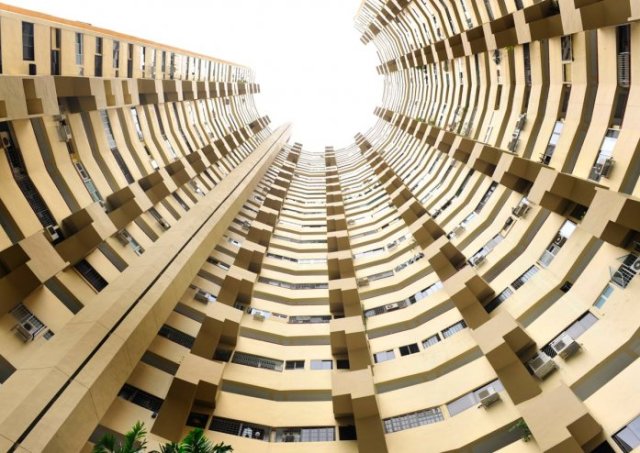Outlook for the Singapore property market – 12 Apr 2019
Mandarin Gardens failed to get an En-Bloc, as they failed to hit the 80% of the residents voting for it. It’s almost a year (July 2018) since the authorities slapped on cooling measures. Is the En-Bloc market truly dead? In 2017, this was when the En-Bloc market started to surge. It is more expensive for developers to buy land, as they have to pay ABSD up front and only a portion is remiss-able. The cooling measures causes developers to be more cautious at the moment.
Even at the height of En-Bloc cycle, it was hard for Mandarin Gardens to En-Bloc, simply because of its size. Developers need about $3 billion to purchase it, as it is a huge site with 1000+ units. There is too much risk and uncertainty around it at the moment. A lot of the owners are uncontactable and hence did not vote in favour of the En-Bloc.
It will continue to be tough for the developers to find suitable land to go for an En-Bloc. Pearl Bank was sold to Capitaland for $800+ million. Developers have to pay ABSD if they can’t sell within 5 years, regardless of the size of the units. The larger the development, the harder it is to go En-Bloc. Foreigners tend to buy in the CCR regions, the high-end properties. The cooling measures affect properties, especially in the CCR regions, where prices fell almost 3% in the last 2 quarters. If you increase the reserve price, people may be more keen on the En-Bloc. However, the developers may not be keen on paying a higher price, and it takes two hands to clap. The minimum floor area of condos is a ‘mini’ cooling measure as now condos will be even more expensive.
There are quite a number of Chinese developers in Singapore, and they did en-bloc projects in Sun Hozier, Shunfu HUDC. Are developers paying too much for the land? And this pushes up the property prices over time? Developers need to lower the selling prices if they can’t sell the units as they need to sell within 5 years. For developers, their business model is to buy land, build and flip and have a shorter term investment horizon. Foreign developers still have to comply with government guidelines. Chinese developers have generally done okay with their developments, in terms of sales.
If you buy property as an investment, you won’t get the desired property yield/rental yield as before. Rental yields have flat-line and remained very low. Interest rates are low in Singapore, and investors are willing to accept a lower yield as well. Expat packages are also lower as compared to the past, and this has an impact on rental yield. Property prices also go through a cycle, just like any other asset class.
Can we expect the same capital appreciation in the future? Fed raised interest rates 4 times last year, which was very significant. However, the Fed announced that they wont increase it for the remainder of 2019. However, interest rates are still low at the moment. For home buyers, they have to manage the interest rate cycles, over 30 years.
More Singaporeans are looking at the overseas property market. You need to understand the reputation of the developer, the local regulations there. You should talk to the agents there and find out what are the good districts. HK residents find Singapore prices cheaper. Most governments have adopted a populist policy and impose taxes on foreigners, in order to protect housing prices for locals. For Vietnam, Cambodia and Thailand, these are popular areas for investments.
The Singapore government is planning to allow developers to build more properties in the CBD. However, this will not be cheap. The masterplan has a 25 year horizon and is definitely a long-term outlook. Co-living and co-working is the way to go, just like New York.
If you work near to your workplace, you save time commuting. Land cost is too expensive in the CBD area. For an investment, people look out for ROI, freehold property, long-term capital appreciation, location etc. For home owner, people look for amenities, facilities, proximity to MRT/parents, neighborhood etc. For example, Indians want to live near their own community etc. Research shows that upgraders tend to move to a place near their old house, within 5km, but towards more central areas. It is unlikely that the cooling measures will be removed in the next 5 years. There are around 60, 70 new launches last year and this year and there is plenty of supply out there.
Learn to buy within your means and definitely work out your finances before making the plunge.



